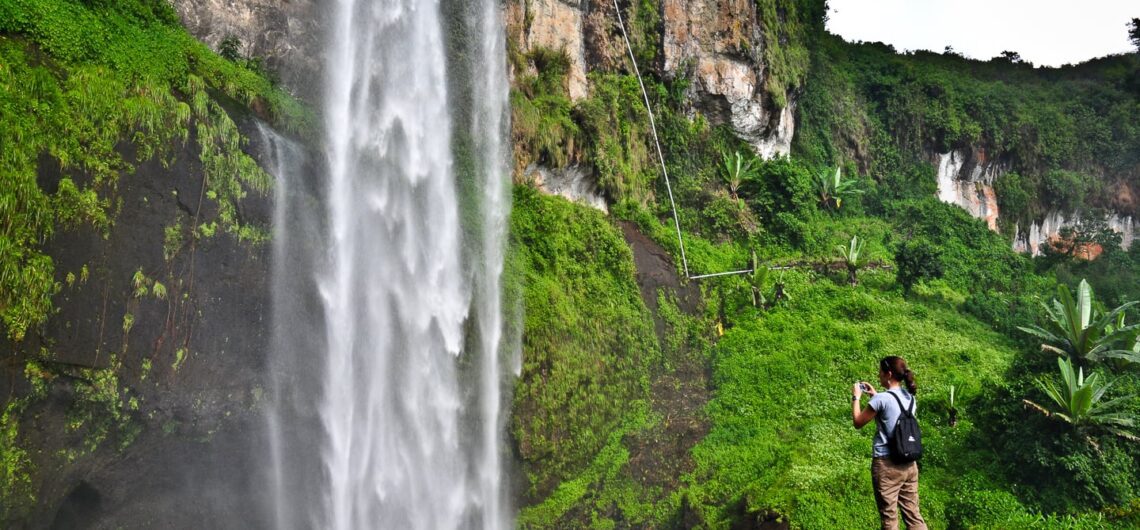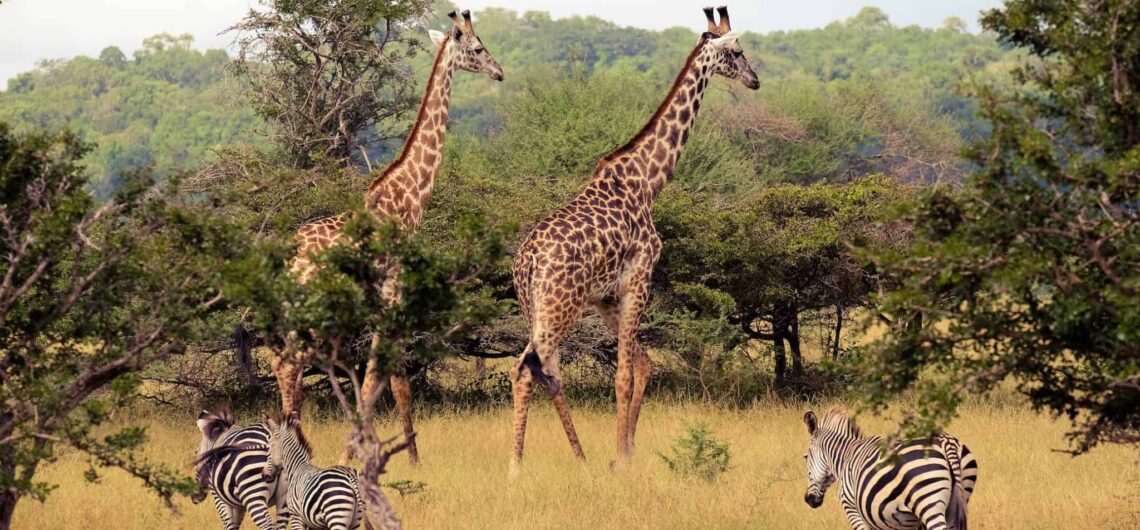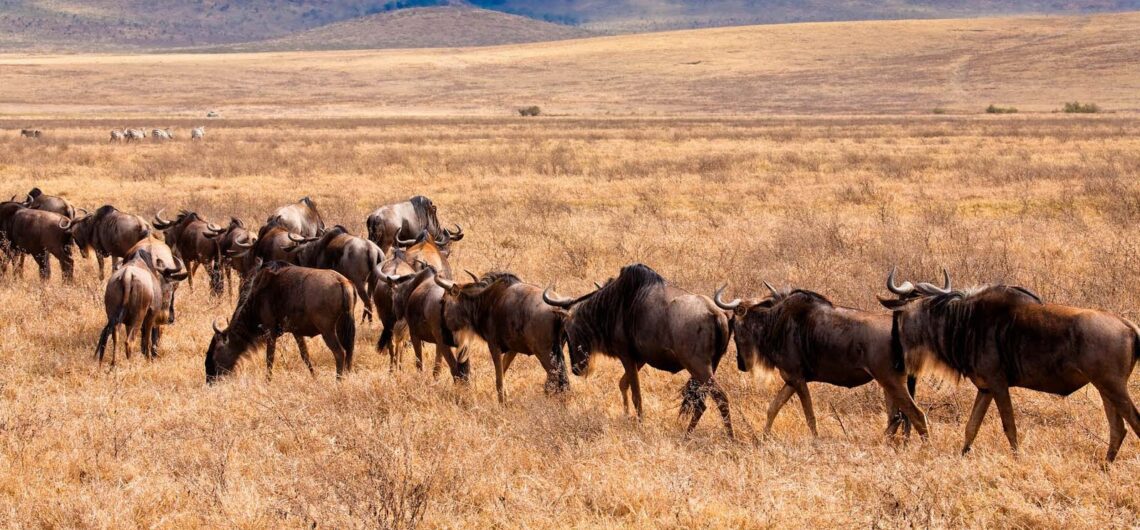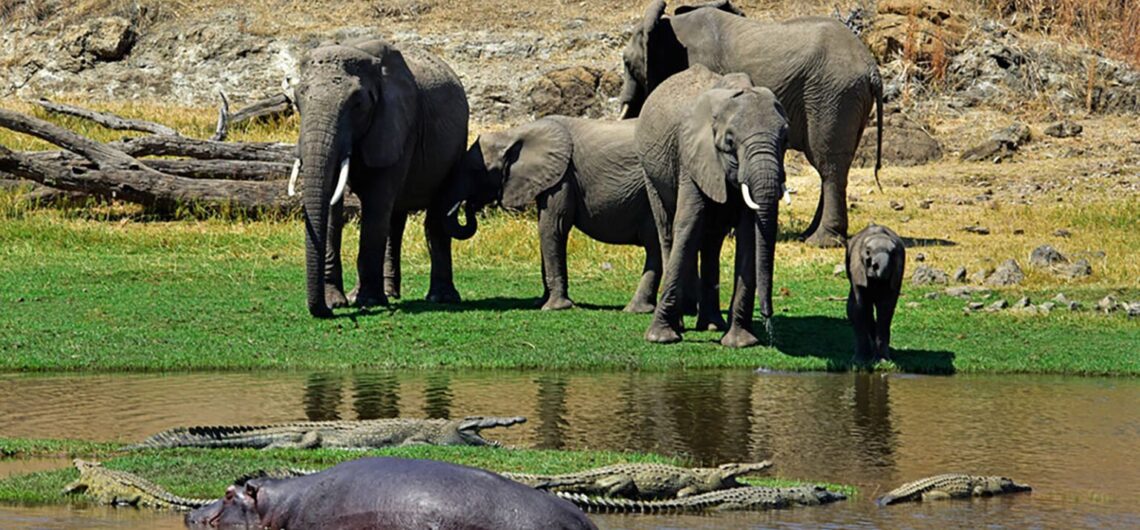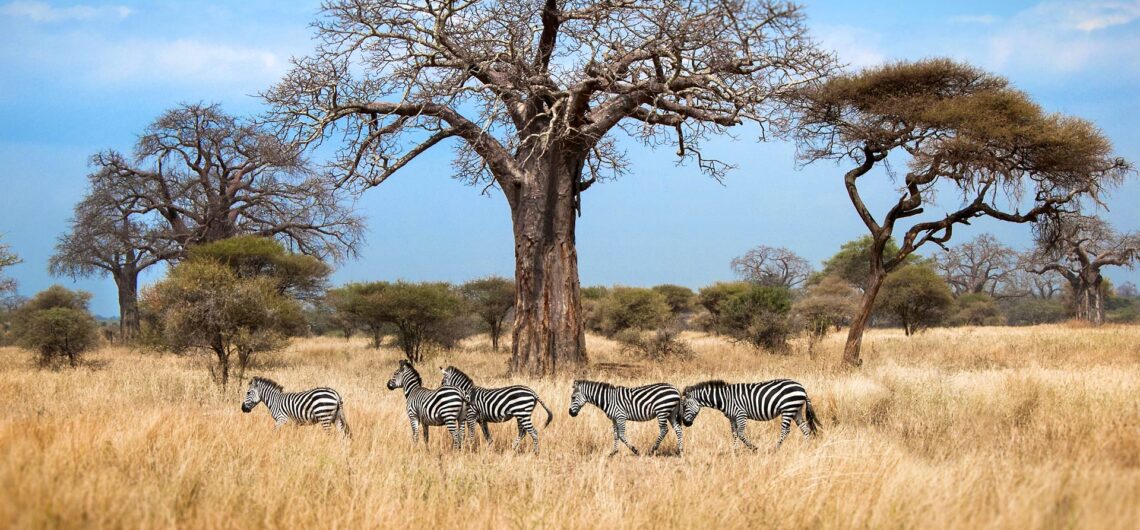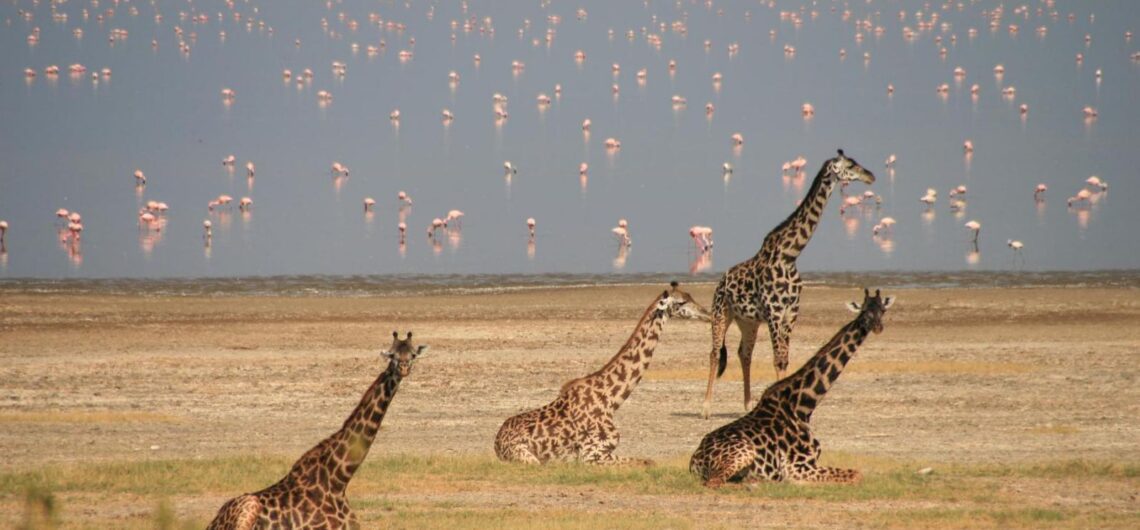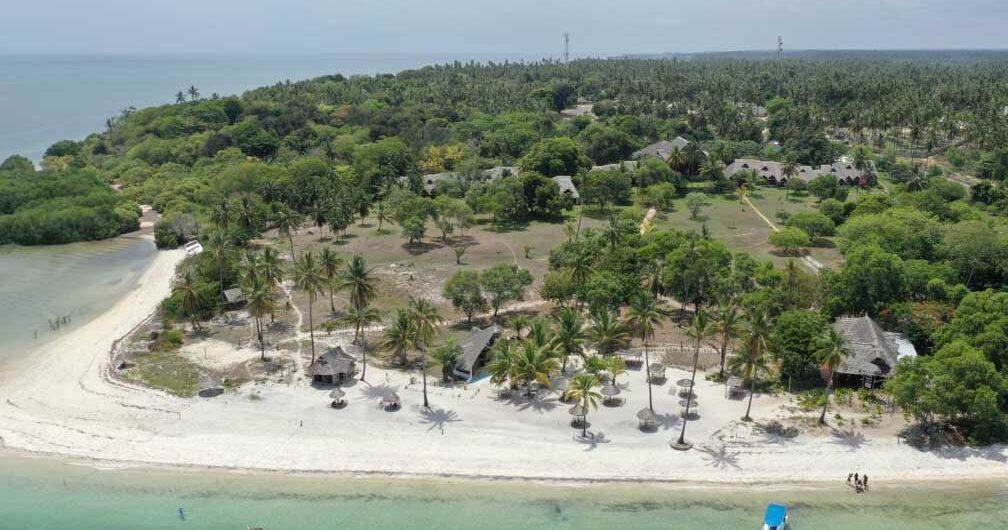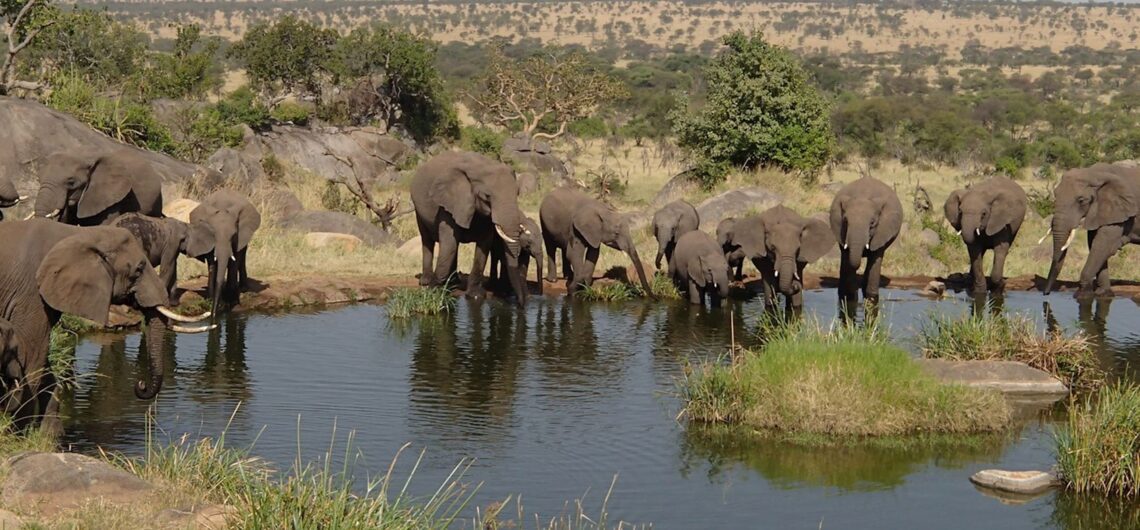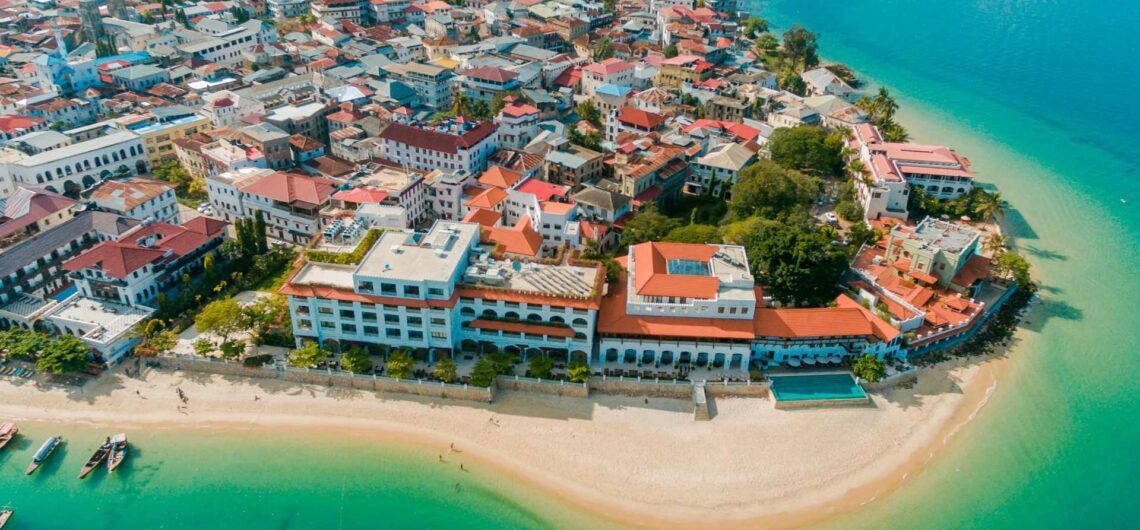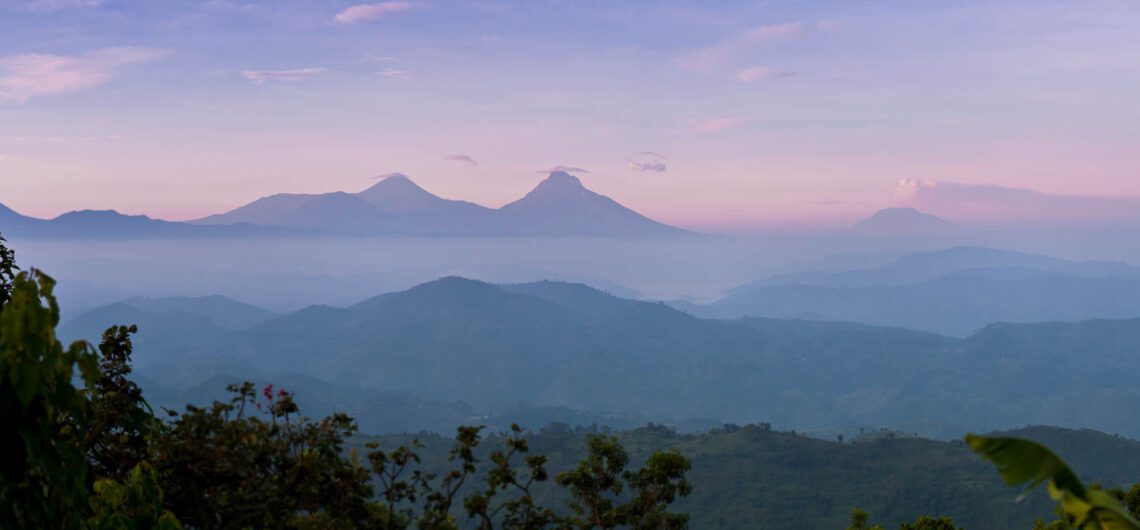The remarkable Sipi Falls is an attractive waterfall located in Eastern Uganda, near the town of Kapchorwa. It is one of the most popular and beautiful natural attractions in the country. The falls consist of a series of three waterfalls along the foothills of Mount Elgon, which is an extinct volcano. The remarkable Sipi Falls gets its name from the local Sabiny people's word "Sep", which means "the place of rest". History has it that the first settlers in the area found the falls to be a peaceful and serene spot, hence the name. To reach the remarkable Sipi Falls, many visitors start from either Mbale or Kampala and drive to Kapchorwa. From Kapchorwa, it is about a 45-minute drive to the falls. The journey offers picturesque views of the countryside, plantations, and sometimes-even wildlife. Attractions at the remarkable Sipi Falls Scenic views: Sipi Falls in Uganda is an attractive sight with three cascading waterfalls surrounded by lush greenery. The first waterfall is the tallest, plunging from a height that makes your heart skip a beat. The second offers a quieter, serene atmosphere, perfect for soaking in nature's beauty. The third waterfall completes the trio, creating a picturesque landscape against the backdrop of the dramatic Mount Elgon. Visitors can trek through vibrant trails, witness the falls' power, and enjoy panoramic views that astound you. The Three Falls: Sipi Falls has three waterfalls. The first one is the tallest, falling down from high up. The second waterfall is calmer and more peaceful, a nice place to relax. The third waterfall completes the trio and is surrounded by the big Mount Elgon. Each waterfall has its own beauty, and people can hike around them to see the amazing views. Cultural encounters: Sipi Falls offers cultural experiences with nearby communities. Visitors can meet
The remarkable Sipi Falls is an attractive waterfall located in Eastern Uganda, near the town of Kapchorwa. It is one of the most popular and

